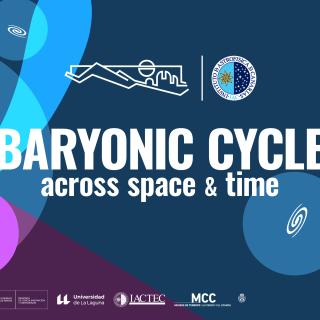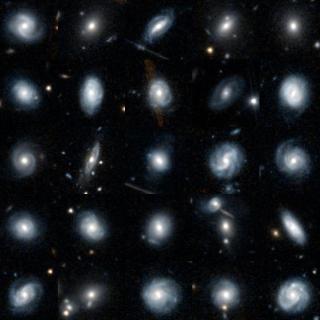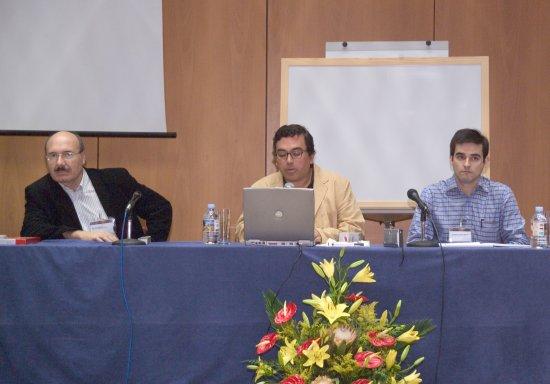It may interest you
-
 The single star nearest to the Sun is called Barnard’s star. A team of researchers led by the Instituto de Astrofísica de Canarias (IAC), has recently detected a ‘sub-Earth’ orbiting it. This exoplanet, called Barnard b has at least half the mass of Venus and orbits rapidly around its star, so that its year lasts only a little over three Earth days. This new exoplanet is sixteen times nearer to Barnard’d star than Mercury is to the Sun, and has a surface temperature close to 125oC, so it does not have liquid water on its surface. This discovery, led by the IAC in collaboration with a numberAdvertised on
The single star nearest to the Sun is called Barnard’s star. A team of researchers led by the Instituto de Astrofísica de Canarias (IAC), has recently detected a ‘sub-Earth’ orbiting it. This exoplanet, called Barnard b has at least half the mass of Venus and orbits rapidly around its star, so that its year lasts only a little over three Earth days. This new exoplanet is sixteen times nearer to Barnard’d star than Mercury is to the Sun, and has a surface temperature close to 125oC, so it does not have liquid water on its surface. This discovery, led by the IAC in collaboration with a numberAdvertised on -
 The Instituto de Astrofísica de Canarias (IAC) and the University of La Laguna (ULL) are organizing the XXXV edition of the Canary Islands Winter School of Astrophysic s which will take place between the 8 th and the 17 th of October in La Laguna,Tenerife. For this edition there will be 60 participants, including master’s and doctor’s degree students and postdocs, from thirteen different countries who will come to Tenerife to receive a complete and exhaustive view of the evolution of the galaxies. The Canary Islands Winter School of Astrophysic s is a key event in the calendar of theAdvertised on
The Instituto de Astrofísica de Canarias (IAC) and the University of La Laguna (ULL) are organizing the XXXV edition of the Canary Islands Winter School of Astrophysic s which will take place between the 8 th and the 17 th of October in La Laguna,Tenerife. For this edition there will be 60 participants, including master’s and doctor’s degree students and postdocs, from thirteen different countries who will come to Tenerife to receive a complete and exhaustive view of the evolution of the galaxies. The Canary Islands Winter School of Astrophysic s is a key event in the calendar of theAdvertised on -
 A new citizen science project launched today by the European Space Agency (ESA) and the Euclid Consortium, in collaboration with the Zooniverse platform, will enable volunteers from around the world to identify the shapes of millions of galaxies in images taken by ESA's Euclid space telescope. The aim of the initiative is to train deep AI neural networks to build the largest morphology catalogue to date. In November 2023 and May 2024, the world got its first glimpse at the quality of Euclid’s images, targeting a variety of sources, from nearby nebulas to distant clusters of galaxies. AndAdvertised on
A new citizen science project launched today by the European Space Agency (ESA) and the Euclid Consortium, in collaboration with the Zooniverse platform, will enable volunteers from around the world to identify the shapes of millions of galaxies in images taken by ESA's Euclid space telescope. The aim of the initiative is to train deep AI neural networks to build the largest morphology catalogue to date. In November 2023 and May 2024, the world got its first glimpse at the quality of Euclid’s images, targeting a variety of sources, from nearby nebulas to distant clusters of galaxies. AndAdvertised on
